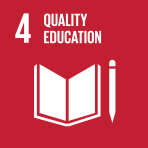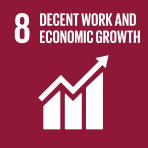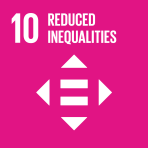Abstract
Education is a key determinant of levels and trends of fertility, mortality and migration. In turn, coverage and investment in education are influenced by the rate of growth and the age structure of the population. Education and training over the life course are critically important to sustain socioeconomic development, especially in modern economies increasingly driven by innovation and productivity growth. From a macroeconomic perspective, a well-trained and well-educated workforce reinforces the positive impacts of the demographic dividend and tempers the fiscal and economic challenges associated with rapidly ageing populations, while contributing to the achievement of various Sustainable Development Goals and to the realization of the Vision Statement of the Secretary-General on Transforming Education. This policy brief summarizes some policy implications in these and other interlinkages between population, education, and sustainable development.
- 02 5月 2023




